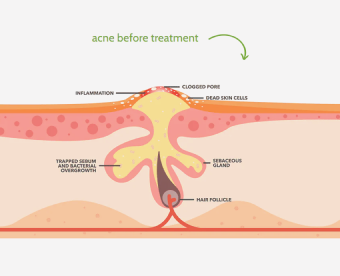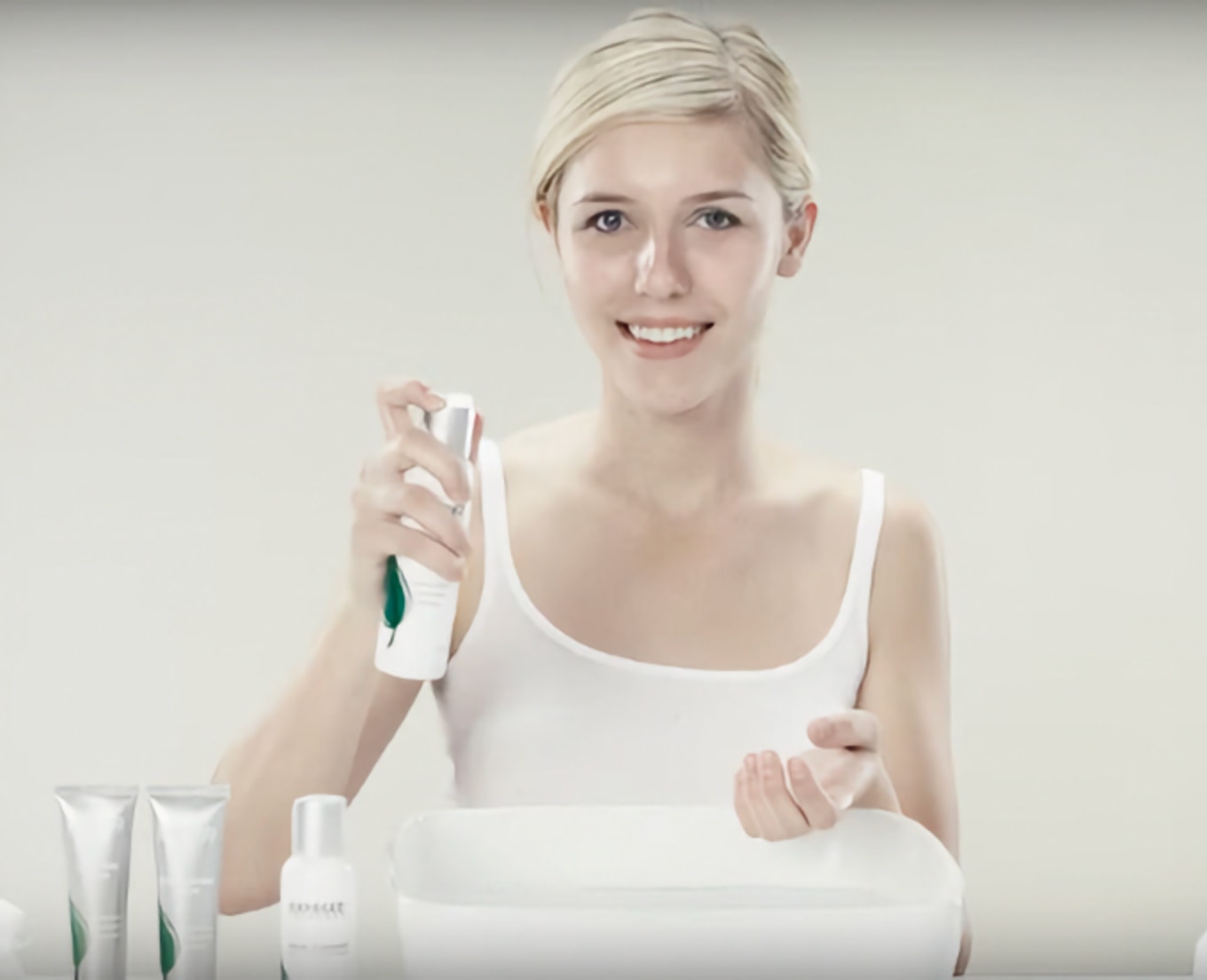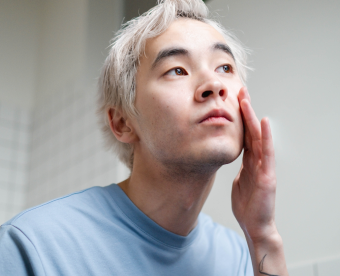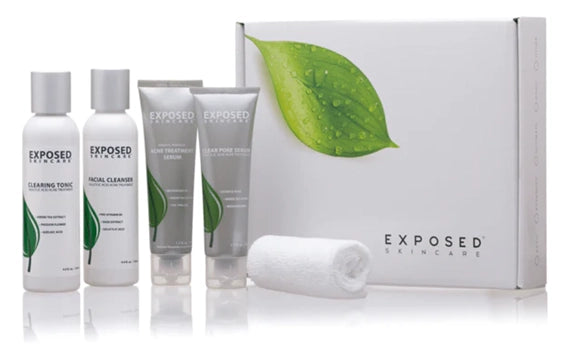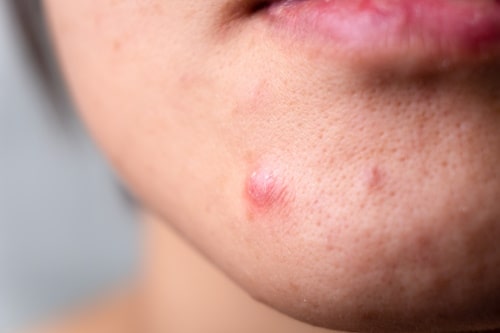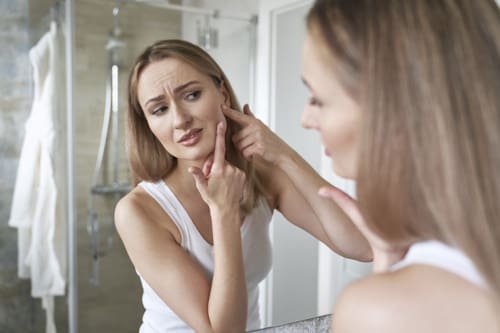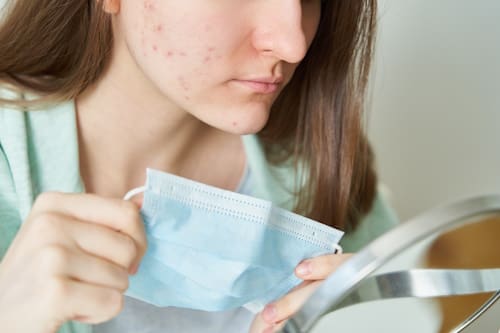Acne affects millions worldwide. It can cause significant emotional distress, especially when it manifests in severe forms, such as severe nodulocystic acne. The sight of inflamed, painful nodules and cysts can be very challenging, causing a blow to one's self-esteem and general well-being.
This blog post delves into the details of severe nodulocystic acne, offering an in-depth exploration of its causes, symptoms, and the range of treatments available. The intent is to provide clarity and help individuals navigate the complexities of this severe form of acne.
Also read: How to choose the best acne treatment
Biggest Take-Aways:
- Severe nodulocystic acne is a particularly distressing type of acne that can lead to deep, painful nodules and cysts, causing significant discomfort and often resulting in scarring.
- Several factors contribute to the onset of this type of acne, including hormonal changes, excess sebum production, inflammation, and the accumulation of dead skin cells.
- While treatment with potent drugs like isotretinoin is often required, other measures, such as maintaining a consistent skincare routine and using specific acne-targeted products, are crucial for managing symptoms and preventing future breakouts.
- Exposed Skin Care products can be a valuable part of a comprehensive acne treatment plan, addressing various causes of acne, helping prevent nodular acne, reducing inflammation, and minimizing the risk of scarring.

What Is Severe Nodulocystic Acne?
Severe nodulocystic acne, often called cystic or nodular acne, is a severe form of inflammatory acne. It is characterized by the presence of large, deep, inflamed nodules and cysts that can be extremely painful.
This type of acne extends beyond typical pimples or comedonal acne, producing hard, painful cysts and nodules that lodge deep within the skin.
Recognizing Severe Nodulocystic Acne
Nodulocystic acne is distinguished from other forms of acne by its unique symptoms. The most significant symptoms of nodular acne include:
- Large, red acne nodules: These inflamed lumps are usually larger and deeper than typical pimples.
- Acne cysts: Unlike nodules, cysts are softer and filled with pus. Cysts and nodules can occur simultaneously on the skin, contributing to the complexity of nodulocystic acne.
- Severe pain: Because the inflammation in nodular acne and cystic acne extends deep into the skin, these acne forms can be incredibly painful.
- Potential for scarring: Nodulocystic acne produces a high risk of scarring due to the severity of the acne lesions and inflammation.

What Causes Severe Nodulocystic Acne?
Like all forms of acne, severe nodulocystic acne begins when pores on the skin get blocked by excess sebum and dead skin cells. However, what causes nodulocystic acne to evolve into a more severe form is a complex interplay of several factors:
Overproduction of Sebum
Sebum is a natural oil produced by the skin's sebaceous glands. Hormonal fluctuations can cause these glands to produce more sebum, leading to oily skin and acne development.
Buildup of Dead Skin Cells
When dead skin cells accumulate in the pores, they can combine with excess sebum to form a plug. This blockage provides the perfect environment for acne-causing bacteria to thrive.
Inflammation and Bacterial Growth
In some people, the trapped bacteria and sebum within the pore inflame surrounding skin cells, leading to redness, swelling, and, eventually, the formation of acne nodules or cysts.
Hormonal Changes
Hormonal fluctuations, such as those experienced during puberty, pregnancy, or when taking birth control pills, can stimulate sebaceous glands, leading to increased sebum production and the potential development of acne.

Comprehensive Treatment Options for Severe Nodulocystic Acne
Treating severe acne like nodulocystic acne requires a more aggressive approach than treatments for milder forms. Here are some options:
Oral Isotretinoin
Isotretinoin, a powerful retinoid, is often used as a drug for the treatment of severe or refractory acne. It works by reducing the size and secretion of the sebaceous glands, slowing down the production of skin cells inside the pore, and reducing inflammation.
Oral Antibiotics
Oral antibiotics are prescribed to kill acne-causing bacteria and reduce inflammation. They are often used in combination with other treatments.
Topical Treatments
Topical retinoids, benzoyl peroxide, and other over-the-counter acne products can help control mild or moderate acne. However, for severe nodulocystic acne, they're typically used alongside oral medications for best results.

Prevention Strategies for Nodulocystic Acne
Preventing severe nodulocystic acne is challenging, but some strategies may reduce the likelihood of developing this condition:
- Skincare Routine: Maintaining a consistent skincare routine with products that do not clog pores can help prevent acne.
- Lifestyle Changes: Regular exercise, a balanced diet, and stress management can all contribute to hormonal balance and healthier skin.
- Regular Treatment: Starting treatment at the earliest sign of acne can help prevent mild acne from developing into a more severe form.
Benefiting from Exposed Skin Care in Acne Management
Exposed Skin Care products are gaining popularity among individuals grappling with varying types of acne. This line of skin care products comes with numerous benefits for managing acne conditions such as acne vulgaris, severe nodular acne, inflamed acne, and even the severe type of acne, nodulocystic acne.
Here are some key benefits of incorporating Exposed Skin Care into your routine:
- Targeted Acne Treatment: Exposed Skin Care products are specifically designed to treat acne, including severe cystic acne and nodulocystic breakouts.
- Addresses Underlying Causes: These products target common causes of acne, such as excess sebum and skin cell accumulation, helping to prevent nodular acne and reduce the severity of acne.
- Comprehensive Treatment Plan: A consistent routine with Exposed Skin Care provides a comprehensive treatment plan that can supplement other treatments, like isotretinoin.
- Scar Prevention: Regular use can reduce inflammation and promote healing, minimizing the risk of acne scars.
- Suitable for Different Acne Types: Whether your acne is characterized as a variant of nodulocystic acne or acne conglobata, these products can be effectively used to treat your specific condition.
Incorporating Exposed Skin Care into your routine could be a beneficial step towards clearer, healthier skin.
Conclusion
Navigating the often challenging path of severe nodulocystic acne, characterized as a type of inflammatory acne, requires comprehensive knowledge and a tailored approach. This severe type of acne can affect people's lives significantly, both physically and emotionally.
However, understanding the causes, such as hormonal imbalances and excess sebum, can help manage and prevent acne breakouts. Treatment for nodulocystic acne often requires robust options like isotretinoin. Yet, incorporating products like Exposed Skin Care can also profoundly impact.
This range of products addresses the condition from various angles, helping to prevent the development of new acne and manage existing breakouts. Remember, acne starts in our pores, and how it develops is often out of our control. But with consistent care, it isn’t a life sentence.
People with acne can regain their skin's health and confidence. By seeking the right treatment options and maintaining a consistent skincare routine, managing even severe forms of acne becomes less daunting.
FAQs
What is the difference between nodular acne and cystic acne?
Nodular acne and cystic acne are both severe forms of acne. Nodular acne is characterized by hard, painful nodules that form deep under the skin's surface. Cystic acne, on the other hand, involves soft, fluid-filled lumps beneath the skin's surface, also known as cysts.
What causes nodulocystic acne?
The causes of nodulocystic acne are similar to those of other forms of acne. They include overproduction of sebum, buildup of dead skin cells, inflammation, bacterial growth, and hormonal changes.
How can I prevent scarring from nodulocystic acne?
To prevent scarring, avoid picking or squeezing acne nodules or cysts. Starting treatment early can also help prevent the development of severe acne and the associated risk of scarring.
Are over-the-counter acne products effective at treating nodular acne?
Over-the-counter acne products can be useful for mild to moderate acne, but severe forms like nodulocystic acne often require more potent treatments like oral isotretinoin or antibiotics.
Does hormonal acne lead to nodulocystic acne?
Hormonal fluctuations can lead to increased sebum production, which may contribute to the development of acne. However, whether it progresses to severe forms like nodulocystic acne depends on several other factors, including genetics, skin type, and skincare habits.

